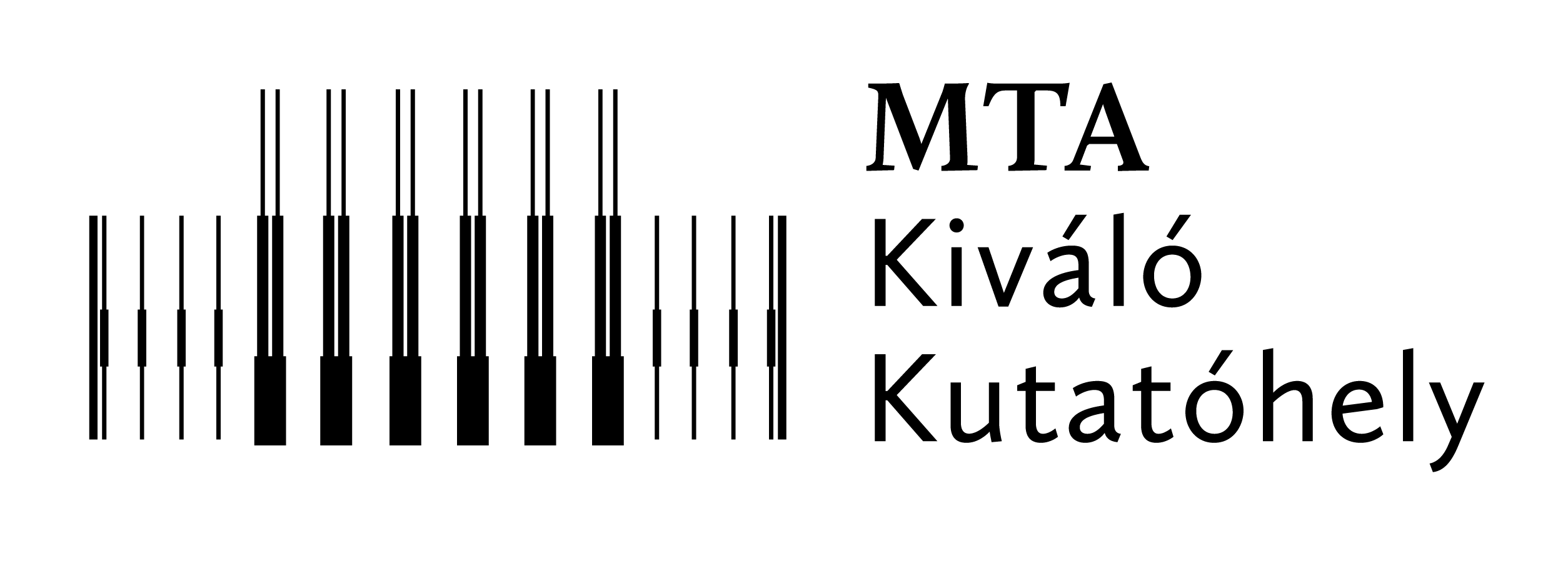Előadó: Ashik Ikbal Sheikh (Department of Physics, Kent State University)
Előadás címe: Measurement of electric charge dependent splitting of directed flow in STAR experiment at RHIC
Dátum: 2022. május 30., 14:00
Helyszín: 2-es épület Médiaterem, illetve online: https://cern.zoom.us/j/67590004845?pwd=TmhMaVpCOFhQZ3RCRUJwVUVMSFV0dz09
Összefoglaló:
Strong electromagnetic fields produced in the early stages of heavy-ion collisions can lead to splitting of the rapidity-odd directed flow (v1) of positive and negative hadrons. However, the interpretation of such measurements with light hadrons is complicated by the low magnitude of directed flow at mid-rapidity or higher beam energy, as well as by ambiguities arising from transported quarks (u, d). In order to avoid such complications, we focus on the particle species where all constituent quarks are produced (u¯, ¯d, s, s¯), as opposed to possibly transported, and demonstrate using a novel analysis method that the coalescence sum rule holds for hadrons with identical quark content. We examine the coalescence sum rule as a function of rapidity for non-identical quark content having the same/similar mass at constituent level but different electric charge (∆q) and strangeness (∆S). The difference in the directed flow of different quark and anti-quark combinations, e.g., v1(Ω−(sss)) − v1(Ω¯ +(¯ss¯s¯)), is a measure of coalescence sum rule violation, and we call it directed flow splitting (∆v1) between quarks and anti-quarks. First we measure v1 as a function of rapidity; and then we estimate ∆q and ∆S dependence of the ∆v1-slope (d∆v1/dy) between produced quarks and anti-quarks in Au+Au collisions at √sNN = 27 GeV and 200 GeV. The d∆v1/dy increases when ∆q and ∆S increase. This d∆v1/dy signal becomes stronger going from collision energy √sNN = 200 GeV to 27 GeV. We compare our measurements with the Parton-Hadron String Dynamics (PHSD) model calculations including electromagnetic field.



